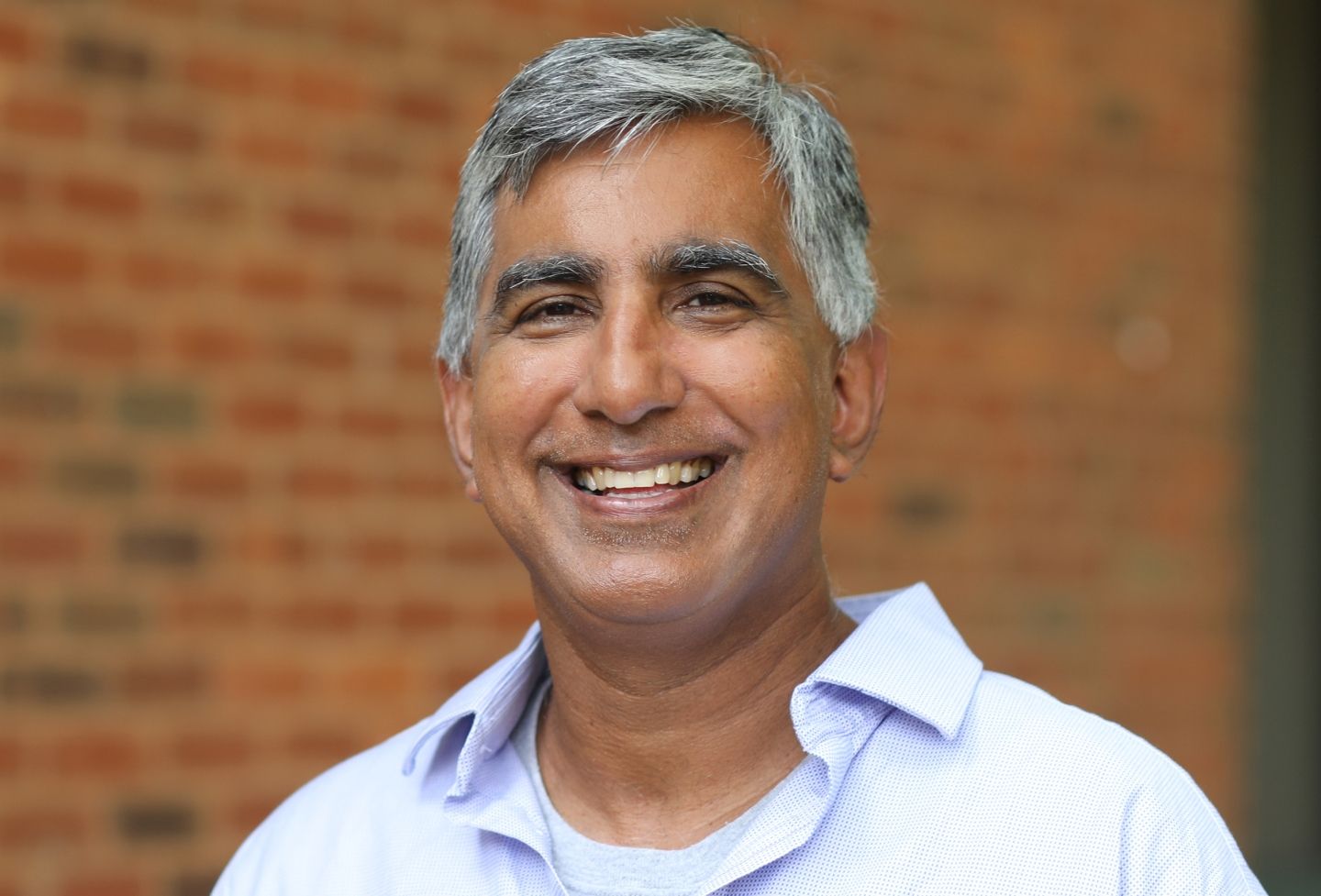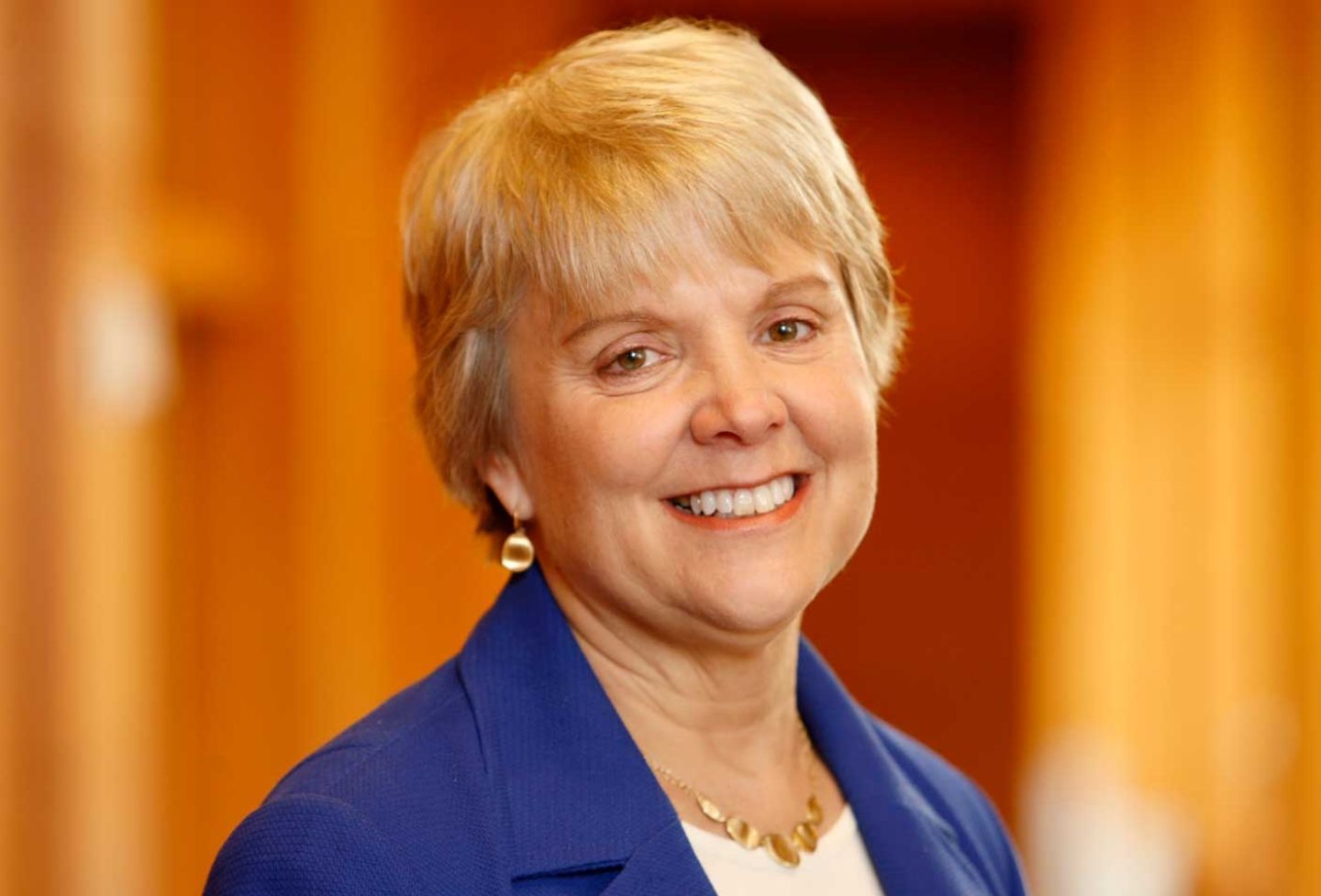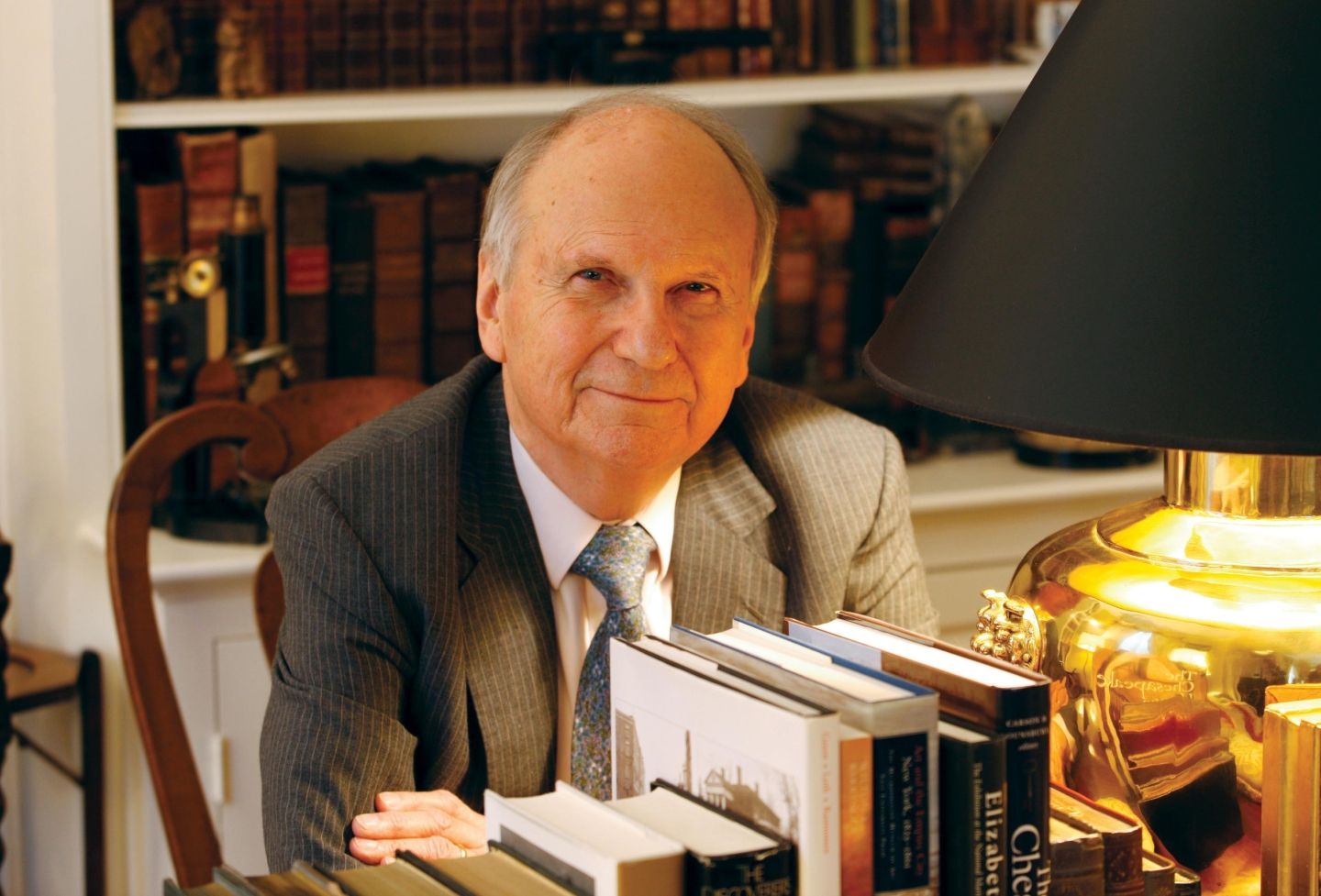Living to age 100 — once the territory of the Guinness Book of World Records — is about to become a lot more common. To prepare, Americans will need to adapt laws revolving around family and relationships, according to Naomi Cahn, co-director of the Family Law Center at the University of Virginia School of Law.

According to the Stanford Center on Longevity, as many as half of today’s 5-year-olds can expect to live to the age of 100. Not only will people live much longer, but the proportion of seniors will also grow overall. Over the next 40 years, the number of Americans over the age of 65 will increase from 54.1 million to 94.7 million, about a 75% surge, and they represent an increasing proportion of the population.
Yet as a recent article co-authored by Cahn notes, “the presumption at the heart of contemporary family law — of young, financially interdependent, conjugal couples, raising minor children — does not consider the interests of older adults.”
The article, “Family Law for the One-Hundred-Year Life,” was written with Fordham law professor Clare Huntington and Columbia Law School professor Elizabeth S. Scott, a 1977 UVA Law graduate who taught at the Law School from 1988-2006 and worked at UVA’s Institute of Law, Psychiatry and Public Policy before joining the faculty. The article is forthcoming in the Yale Law Journal.
“Family law focuses on providing a context to raise children and pooling resources in order to build a life together,” Cahn said. “It binds parents to children and spouses to each other through these strong legal default rules, such that, at divorce or even at death, there is economic sharing presumed between the spouses. If the parents separate, there is a move toward joint custody and mandatory child support obligations of both parents.”
But the structure of families is already shifting, Cahn said, pointing to the fact that since 2007, the number of cohabiting couples over the age of 50 has risen 75%. Those couples may have different needs — and will state laws be able to accommodate them?
“As people enter into second and third marriages or nonmarital relationships, they might not want the economic sharing that the default regime of marriage assumes,” Cahn said.
Similarly, they may not want the same presumptions that typically apply in other marital contexts. For example, in virtually all states, when a patient is incapacitated and unable to make their own health care decisions (and has not designated a surrogate decisionmaker), there is a presumption that the spouse will make decisions about the patient’s health.
“If you are in a later marriage or partnership/long-term cohabitating situation, you might want your children to be the ones making decisions for you, rather than your partner,” Cahn said. And single people might well prefer that a presumptive decisionmaker be a close friend or neighbor, rather than an estranged sibling.
Cahn and her co-authors recommend two kinds of reforms. The first would make it easier to tailor marriage to the needs of older people; the second would make it easier to opt into relationships to recognize interdependency, such as in caretaking relationships.
“We’re suggesting guidelines for the future — as state legislatures consider how to respond to the needs of older people, they are going to go into this area themselves,” she said. Their article “is a think piece about possibilities to explore and, we hope, a wake-up call to start exploring those possibilities.”
Those getting married can draft a prenuptial agreement on their own, but the article suggests that states might want to consider making it easier to opt out of default rules of economic sharing, particularly when the future spouses have pre-existing families.
As for the second suggested reform, “for those in nonmarital family groups — not limited to two people — who want to exist as a group with presumed interdependence, we wanted to discuss the possibility that they could register as domestic groups,” she said.
The idea is based on Colorado’s “designated beneficiary agreement.” Such agreements, which are limited to two people, allow for asymmetrical responsibilities between the two partners.
“These are groups that can provide care and intimacy, but they don’t necessarily have to be intimate relationships — they could be multigenerational,” she said. “There are people who want to live together and be responsible for one another at least in some loosely organized, platonic way.”
Think “The Golden Girls,” the 1980s-era TV show in which multiple senior women, two of whom who were mother and daughter, lived together.
A registration system could allow the partners to select the obligations to assume and benefits to confer upon one another, including health care, surrogate decision-making and even inheritance rights.
Yet current laws may work against an evolving family unit. The authors point to certain residential zoning laws that are common for single-family neighborhoods but place limits on the number of unmarried, unrelated partners residing together.
“If a zoning ordinance defines a limited number of people as constituting a family group or defines a family as persons related by blood, adoption status or marriage, or has limits on single-family homes, then that might impede a group like the ‘golden girls’ from living together,” she said.
How laws deal with caregiving should also be revisited, the authors explain. People who devote much of their time to caregiving could be better recognized and accommodated through revisions to Social Security and tax law.
“Proposed federal legislation, which we endorse, would treat familial caregiving as work for purposes of Social Security benefits, so long as the caregiver spends at least eighty hours a month providing care,” the authors write.
Family and Medical Leave Act coverage should also evolve, they argue. FMLA entitles employees to take unpaid leave for family and medical reasons while protecting their job and health insurance coverage. Cahn said coverage under FMLA should expand and should include transitioning a relative to long-term care as well as paying employees while they are using family leave. The definition of which kind of relative can be cared for under FMLA is also too narrow, Cahn and her co-authors argue, and should include extended family.
Their paper was inspired by the three co-authors’ decades of prior work on family law issues — and, most recently, by a chapter Scott and Cahn were asked to contribute to an edited collection responding to the book “The 100-Year Life” by Andrew J. Scott and Lynda Gratton.
“As we worked on it, we realized that just one chapter was not going to be able to include all the issues that we saw,” Cahn said.
Cahn, the Justice Anthony M. Kennedy Distinguished Professor of Law and the Nancy L. Buc ’69 Research Professor in Democracy and Equity, is an expert in family law, trusts and estates, feminist jurisprudence, reproductive technology, and aging and the law. She is a co-author of casebooks in both family law and trusts and estates, and her other books include “Red Families v. Blue Families,” “Homeward Bound” and “Unequal Family Lives.”
With reporting by Kaylee Sciacca
Founded in 1819, the University of Virginia School of Law is the second-oldest continuously operating law school in the nation. Consistently ranked among the top law schools, Virginia is a world-renowned training ground for distinguished lawyers and public servants, instilling in them a commitment to leadership, integrity and community service.


